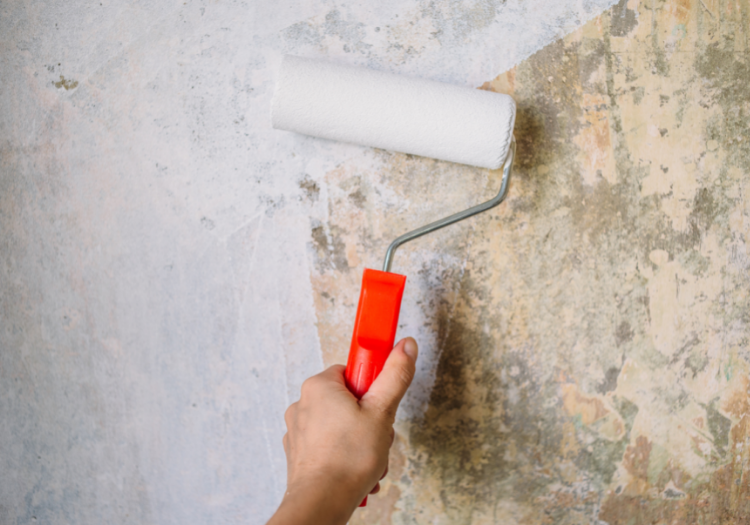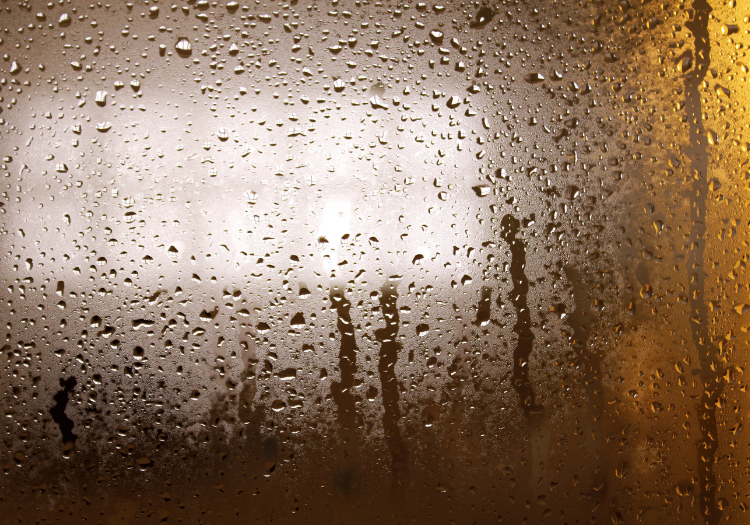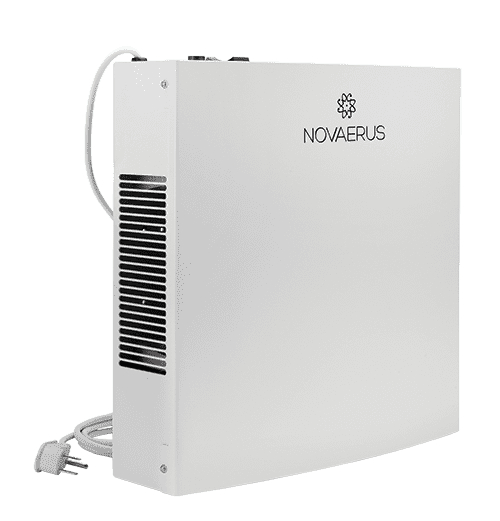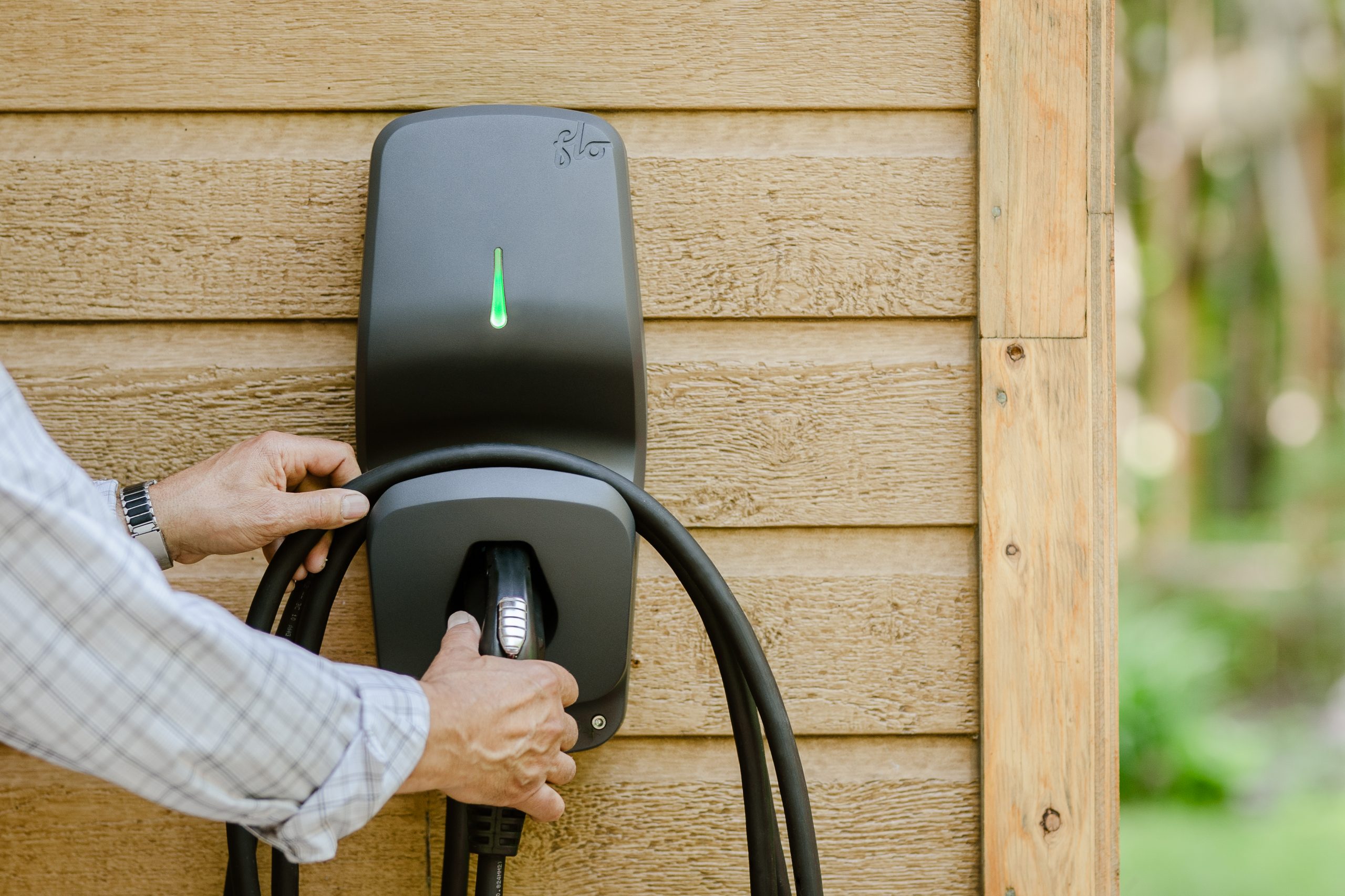What Can Cause Poor Air Quality in Commercial Settings?4 min read
Reading Time: 4 minutesFor Businesses, Addressing Indoor Air Quality is More Important Than Ever
After all that we’ve lived through these past months, we are certainly more conscious about the air we breathe in public spaces such as retail stores, salons, medical offices and more. For business owners and operators, it is important to understand these heightened concerns, consider the air quality in their facilities and understand where they can make improvements. And the first step towards making improvements? Understanding what can cause poor air quality.
Keep reading to learn more about three common causes of poor air quality, and what you can do to help keep your indoor air cleaner for everyone!
1. Common Air Contaminants

Air contaminants can easily enter and circulate through commercial spaces. Common examples include dust, pollen, bacteria and fungi. But did you know that there are many other kinds of air contaminants, specifically ones that can originate from materials and products already inside your facilities? Volatile organic compounds (VOCs) are usually emitted from man-made materials and can be found in the following:
- Paints, varnishes and caulking
- Cleaning products
- Adhesives
- Flooring materials
- Air fresheners
- Smoke and exhaust
- Furnishings
Short-term exposure to higher levels of VOCs can lead to milder symptoms such as eye, nose and throat irritation. However, longer-term exposure can potentially lead to more serious effects.
The amount of dust, bacteria and VOCs circulating in a space usually depends on the unique characteristics of the business. For example, retail spaces in older buildings may find that dust and pollen accumulates easily; medical offices with high foot traffic and poor airflow can create ideal conditions for bacteria; and VOCs may be more present in salon and spa settings that use chemicals and aerosol sprays.
LEARN MORE ABOUT INDOOR AIR QUALITY SOLUTIONS!
2. Not Enough Outdoor Air Intake

Another cause of poor indoor air quality is poor ventilation. Ventilation refers to the movement of air into and out of an indoor space. Proper ventilation is important in reducing the concentration of the common air contaminants we just covered. Increasing the amount of fresh air that circulates through your facilities can help to:
- Prevent moisture build-up
- Introduce outside air into a facility while removing/diluting polluted indoor air
- Remove stale air from an indoor space
Ventilation is particularly important in certain types of facilities. For example, a restaurant setting where high heat and combustion due to cooking is unavoidable will typically require more ventilation than a large retail space with many windows and doors. However, a lack of outdoor air intake can lead to poor indoor air quality in any kind of commercial business space.
3. Improper Temperature & Humidity Levels

Temperature and humidity may not initially seem like factors that lead to poor indoor air quality, but indoor spaces with moisture issues and improper temperatures can actually become breeding grounds for unwanted contaminants and unpleasant odours. Therefore, maintaining optimal temperatures and relative humidity levels is key for commercial businesses.
Specifically, Health Canada recommends that relative humidity levels should be kept around 50% in the winter months and 30-35% in the summer months. According to the Public Health Agency of Canada, while humidifiers cannot remove viruses and other contaminants from the air, they could help reduce the time that these pollutants remain in the air.
Here is how RelianceTM can help you work towards better indoor air quality.
Improving the air quality in your facility demonstrates your commitment to the health, comfort and wellbeing of everyone on-site. By investing in indoor air quality equipment, you can take a step in the right direction! Here are some of the air quality solutions we offer:
- The Novaerus Protect 200 & The Novaerus Protect 900: Novaerus products use plasma coil technology that works to kill and deactivate airborne viruses and contaminants at the molecular level. They can reduce airborne concentrations of bacteria, Volatile Organic Compounds (VOCs) and other contaminants as well.
- HRV & ERV: An HRV or ERV can supply clean, fresh air and recover energy from the exhaust air. Plus, ERV can provide better humidity level management that can help improve indoor air quality.
- HEPA Filters: A Whole-Home HEPA (High Efficiency Particulate Air) Filter can help capture airborne particulates that travel through your heating and cooling system. HEPA can work to remove particulate matter larger than .300 microns.
- UV Light Systems: UV lights mount over your existing central air coil and use ultraviolet light technology which could help to prevent mould and bacteria from multiplying on your coil.

Committing to Better Air Quality is an Ongoing Initiative — Not a Quick Fix
It is important to note that the pieces of equipment mentioned here are not simple, quick-fix solutions that will immediately lead to perfectly pure indoor air. Committing to better indoor air quality is an ongoing process that requires businesses to consider a variety of factors — from small things like the type of cleaning products used to other considerations like their HVAC system and the layout of high-traffic areas.
Instead, investing in indoor air quality equipment should be seen as an added line of defence and a competitive advantage that can support your ongoing efforts towards creating a clean, comfortable environment in your facility for both customers and employees!

LEARN MORE ABOUT INDOOR AIR QUALITY SOLUTIONS!



